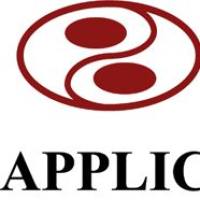Double strand-breaks (DSBs) are key intermediates in DNA recombination reactions. The possibility of inducing DSBs at specific sites in the genome by the expression of rare-cutting endonucleases has resulted in a tremendous increase in our knowledge on the mechanisms of DSB repair, especially in yeast (1 ; see Chapter 32 ) and recently also in higher eukaryotes (2 ; see Chapter 37 ). In addition to its importance to the study of basic mechanisms of recombination, DSB induction leads to a dramatic enhancement of recombination frequencies and, therefore, has a great potential to be used as means for controlled genomic change. DSBs are repaired by two different recombination pathways: illegitimate or homologous. In somatic plant cells, homologous recombination is only used as a minor repair pathway. Consequently, an effective gene-targeting technique has not yet been established (3 ). However, DSB induction via the expression of I-Sce I or HO endonuclease increases homologous recombination frequencies one to two orders of magnitude for extrachromosomal (4 ) and intrachromosomal (5 ) recombination and for homologous integration (6 ). I-Sce I expression also induces homologous recombination between ectopic sites in the tobacco genome (H. Puchta, unpublished results). Synthesis-dependent strand annealing and one-sided invasion have been identified as the primary recombination mechanisms operating to repair DSBs in somatic plant cells (6 ,7 ). Recently, we have developed an assay using I-Sce I to study the repair of genomic DSBs by illegitimate recombination (8 ).






